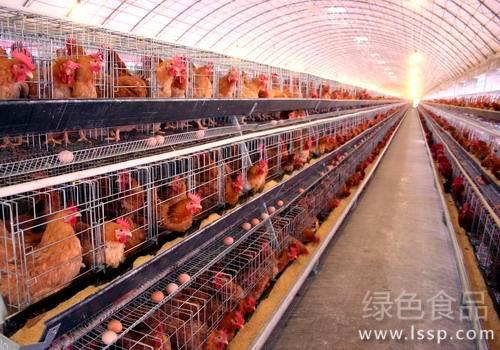Key points of feeding and management of young rabbits with weak physique, poor disease resistance and easy to die
Rabbits weaned to the age of 3 months are called young rabbits. The young rabbit stage is the fastest growing period in the rabbit's life. At this stage, young rabbits have a strong appetite, often due to gluttony and digestive tract diseases, coupled with low disease resistance, such as improper feeding, leading to disease outbreaks and death. To improve the survival rate of young rabbits, there are several things that need to be done:

Rabbit
(1) get through weaning well. Weaned rabbits have just left their breast milk, and their gastrointestinal digestive function is weak. If they eat hard and indigestible food, they will bloat and die. Therefore, in feeding and management, we should not only pay attention to hygiene, but also feed fresh, easy to digest, high nutritional value of fine and green fodder, concentrate had better be cooked food, feed concentrate 2 times a day, green feed 3 times, take less frequent feeding, do not overeat.
(2) turn off the feed. Keeping a good feed is the key to prevent digestive tract diseases in young rabbits. Feeding young rabbits with full price feed within 3 weeks from supplementary feeding to weaning can improve the survival rate of young rabbits and reduce digestive tract diseases.
(3) feeding in groups. After a short period of adaptation, young rabbits should be reared in groups according to their age, strength and size. There are 3 to 4 animals in each cage and 10 to 20 in a group. The group should not be too large.
(4) keep a good environment. Young rabbits are delicate and sensitive to environmental changes, especially sudden climate changes, such as cold snap, etc., so they should provide a good living environment for young rabbits, keep the environment clean and quiet, and keep the feeding density moderate. prevent startling, wind-cold, heat, air pollution, animal damage and so on.
(5) do a good job in epidemic prevention. Young rabbits are prone to a variety of infectious diseases, so it is very important to prevent the epidemic. Young rabbits should be vaccinated after weaning to prevent coccidiosis.
(6) prevention and treatment of coccidiosis. The young rabbit stage is the age of coccidiosis in young rabbits, with high morbidity and mortality. In order to prevent coccidiosis, 1% sulfamethazine can be added to the feed of young rabbits. At the same time, pay attention to the rabbit house clean, hygienic, dry.
(7) strengthen the physique and check regularly. Young rabbits need to exercise more and bask in the sun more to strengthen their physique. At the same time, the weighing and development identification of young rabbits should be done regularly.
- Prev

Calcium supplement is needed for laying hens. Calcium supplementation for caged laying hens
Calcium supplement is needed for laying hens. Calcium supplementation for caged laying hens
- Next

Fine breeding of chickens in autumn
Autumn is the first production stage of raising chickens in spring, and the flock management in this period is related to the economic benefits of chicken farms (households). Therefore, the following management measures should be taken for the hens to start laying: changing the transition material in time generally changes the egg feed to the 20-week-old hen, also known as the transition material, with 1% calcium and 16.5% crude protein. When refueling, the application of half a month to gradually complete the refueling process, do not be too hasty, in order to prevent diarrhea. When the laying rate reaches 2%-3.5%, the feed should contain 3.4%-3.5% calcium and crude protein.
Related
- On the eggshell is a badge full of pride. British Poultry Egg Market and Consumer observation
- British study: 72% of Britons are willing to buy native eggs raised by insects
- Guidelines for friendly egg production revised the increase of space in chicken sheds can not be forced to change feathers and lay eggs.
- Risk of delay in customs clearance Australia suspends lobster exports to China
- Pig semen-the Vector of virus Transmission (4)
- Pig semen-the Vector of virus Transmission (3)
- Five common causes of difficult control of classical swine fever in clinic and their countermeasures
- Foot-and-mouth disease is the most effective way to prevent it!
- PED is the number one killer of piglets and has to be guarded against in autumn and winter.
- What is "yellow fat pig"? Have you ever heard the pig collector talk about "yellow fat pig"?

